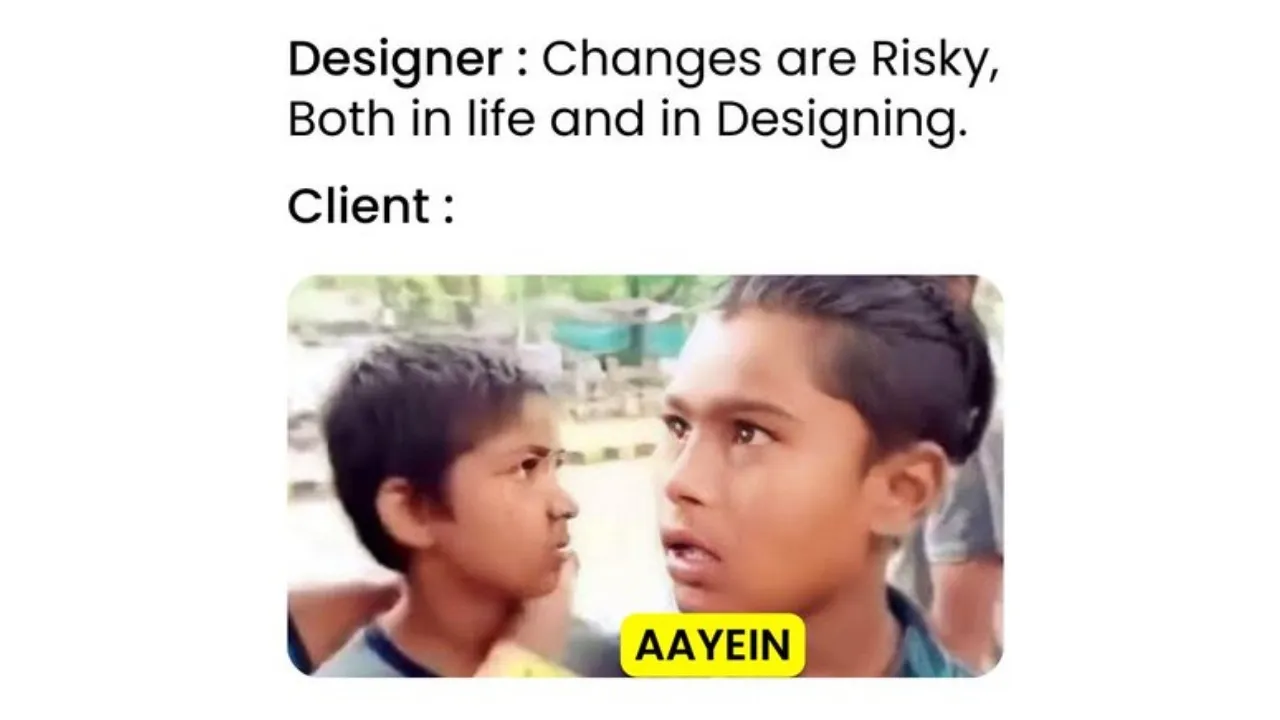Introduction
In the ever-evolving landscape of internet culture, few memes maintain lasting resonance. Among them is the aayein meme, often labeled aayein baigan meme, featuring a young boy from Bihar—Aditya Kumar—whose earnest declaration, “Aayein baigan” (“my favorite subject is brinjal”), captured hearts around the world. In this article, we’ll explore how and why this simple clip became a viral sensation, and what website owners and SEOs can learn from its trajectory.
Origins of the “Aayein Baigan” Clip
The meme’s roots trace back to a candid school interview with Aditya Kumar, a Grade 6 student in Bihar. When asked about his favorite subject, he replied, “Baigan” (brinjal/eggplant). Pausing, he looked at the interviewer and said, “Aayein baigan”—a joyful mispronunciation that’s since become iconic. The original YouTube short (titled Funny video of Aditya Kumar, std 6 student // fav subject baigan) has amassed over 7.5 million views in just a few years As the clip spread, users began remixing and subtitling it, elevating it into the aayein meme.
Why It Became the “Aayein Meme”
Several factors contributed to its stickiness:
- Innocent charm: Aditya’s shy grin and candid tone resonated emotionally.
- Linguistic humor: The phrase “Aayein baigan” plays on word repetition, making it catchy.
- Brevity and shareability: At under 30 seconds, it’s easily rewatched and reshared.
- Adaptability: Memers inserted the audio into new visual contexts, captioning it “When someone asks your fav veg” or “Monday mood” — classic meme formats.
These traits turned a simple school clip into a viral audio template replicated thousands of times.
Role of Social Platforms
The clip first gained momentum on YouTube Shorts and Instagram Reels. For instance, numerous reels (for example, the Aayein meme original video | Aditya kumar 6th class me…) exploded views and comments
Thanks to platform algorithms prioritizing short, engaging clips, the video odds of trending were high. Users discovered it via “Explore” pages, tagged it in viral compilations, and it eventually entered diaspora communities—especially among Hindi speakers and NRIs—who embraced the Bavarian humour (even outside its literal meaning).
Today, you’ll find “Aayein baigan” echoed across Twitter, WhatsApp forwards, and even TikTok duets.
Aayeinnn!!!🤨#designer #client #digitalmarketing #aayein #skilldevelopment pic.twitter.com/qUwGht3z9B
— Ventureheap Academy (@vh_academy) October 21, 2023
Cultural Significance & Virality
Beyond laughs, the meme highlights deeper cultural patterns:
- Regional representation: A glimpse of rural Bihar culture went global.
- Language appeal: Short, folk-inflected phrases are ideal for meme medicine.
- Organic authenticity: No filters, no edits—just a child speaking earnestly—made it more compelling than contrived viral stunts.
Memes like this reflect how true authenticity, not just slick production, fuels engagement today.
FAQs
Q : What does “Aayein baigan” mean?
Ans : Literally, “Aayein baigan” translates to “comes brinjal,” but in context, the boy says “Aayein baigan” while talking about his favorite subject—brinjal. The mispronunciation became a lovable hook.
Q : Who is the Aayein boy?
Ans : Aditya Kumar, a sixth-grade student from Bihar. His brief interview went viral—racking up 7.5 million views and spawning remix culture .
Q : Where can I find the original clip?
Ans : The earliest version is on YouTube Shorts. Try searching: “Aditya Kumar 6th class favorite subject baigan”
Q : How can I use the meme for my brand?
Ans : Incorporate short, repeating audio that humanizes your voice. Encourage user-generated content using a simple phrase + visual punchline. Memes spread fastest when they feel authentic and unmediated.
Also Read : Ethereum Price, Updates & Insights on ecryptobit.com – A Complete Guide for 2025 Investors

